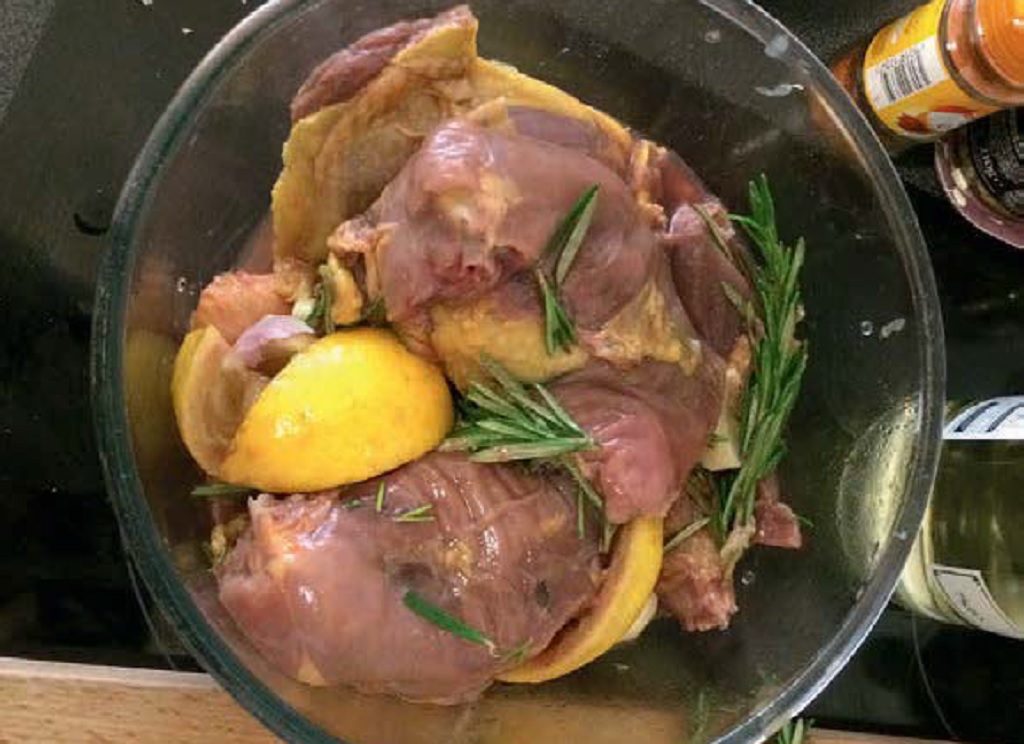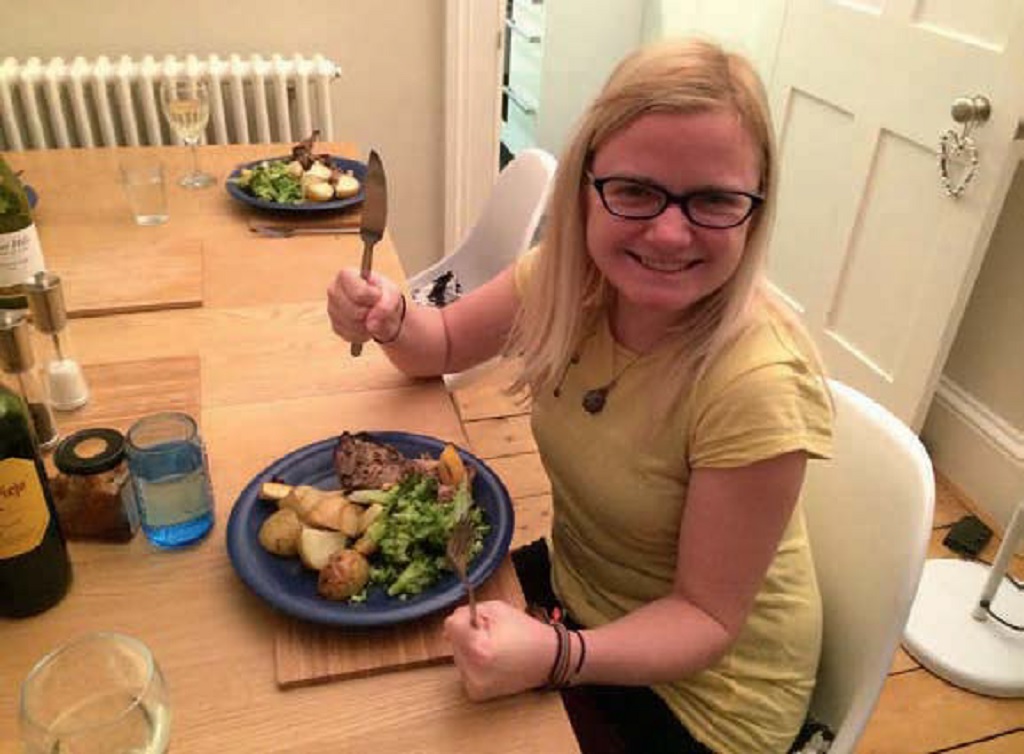
The ethical carnivore in a green and pheasant land
Shooting grouse and other birds may seem a controversial choice for an ethical carnivore, but when done responsibly there are positive benefits.
I grew up around shooting. Every season, I would see the guns pegged out across stubble fields, hear the beaters bashing through the trees, smell the gunpowder and taste plenty of roast pheasant.
But I never had the privilege of being a gun myself.
I guess I was not particularly interested in such a cold and muddy pastime. To be honest, I was also intimidated. It was largely men shooting and I had no idea how to handle a shotgun. I must admit I was nervous at first, not only about handling a deadly weapon but also about how I would look. Over centuries, the shooting world has developed complex rules about what to wear and how to behave. I did not want to look like a complete plonker.
Fortunately, all the complicated etiquette comes down to one simple rule: stay safe. As long as you don’t endanger your own life or anyone else’s, you are considered well mannered and invited back. Swing a gun in the wrong direction and eyebrows are raised.
As for what to wear, again it comes down to a simple rule: stay comfortable. Tweed may look great, but I saw as much Gore-Tex out in the field. It is also polite to shoot well.
This was more of a challenge in the year I have to write the book. Last season, I had a number of lessons at clay shooting grounds to try to ‘get my eye in’. Like many people, I am heavily left-eye dominant but right-handed, which means I have to shoot with one eye closed. With the right tuition I learned how to curve my body without losing balance and shoot ‘through’ the clay so the shot was fired just ahead of the moving target. Bullseye!
However, shooting clays is very different to the real thing. Birds can come at you from all angles, clattering out of trees, soaring overhead or swinging left and right. The weather will blow them further off course, and with all the loud bangs your adrenaline is pumping.

Pheasant being prepared
On my first shoot I was aware of being the only beginner on the line – and a girl, making me even more nervous. I also had quite a difficult gun: a single-barrel c1900 12-bore shotgun.
It was beautiful but it meant one chance to be accurate, while the double barrels obviously have two. On the first few drives I kept hesitating as I pulled the trigger, meaning the shot flew well behind the bird.
It took some time to relax and remember the instructions to keep swinging through and shoot well ahead of the bird: ‘bum, belly, beak, bang’. When I eventually made contact it happened so quickly I barely had time to think before one of the dogs was bounding back with a pheasant in its mouth.
I have to admit I was so focused on hitting the target that seeing an animal fall at my feet was a shock. I crouched down to pat the spaniel and picked up my first bird. It was a beautiful cock pheasant, russet brown and evergreen, the colours of autumn. I could feel his hollow bones though the soft feathers, his tiny skull.
Compared to a rifle, which forces you to look long and hard at your target, a shotgun can distance you from the kill. I felt the best way to respect the pheasant was to gut it, pluck it and eat it myself, taking time to appreciate the meat and where it came from. Like many other meals this year, I shared this one with friends and we chatted about the ethics of driven shooting.
I don’t think anyone can honestly say a driven bird is truly ethical. The pheasants are largely raised under incubators and released as poults every spring. They have a chance to live up to four years in the wild and even breed, but most will perish before then in the jaws of a fox or be driven over guns and shot by a human.
Yes, compared to battery chickens they have a longer life and get to roam outdoors. But being truly free-range means facing nature, red in tooth and claw.

A shared supper of pheasant with a friend
As an ‘ethical carnivore’ I chose to include game birds as I believe that the sport can be done in a way that sustains the countryside. On the second shoot I attended last year, I chatted more to the other guns about the ethics of shooting. For them it was as much about a day out with friends as food for the pot.
This was especially so for farmers, where it is a chance to catch up at the end of harvest, relax and swap stories. They pointed out that commercial shoots in Scotland bring in money to remote areas and provide jobs for gamekeepers. And, as game-to-eat increases in popularity, it is also a growing part of the food industry.
I certainly enjoy roast pheasant, so when I shot another bird I marked it up carefully with a feather through the beak to take it home and eat it. Unfortunately, this time a big orange labrador called Rannoch beat me to it and I had to make do with just the breasts.
This time I ate the pheasant alone listenimg to a BBC programme about conservation and shooting. A farm that runs a driven shoot will plant field margins with ‘cover crops’ to shelter game birds and provide food all year round.
This and control of predators such as foxes means other wildlife, including songbirds, will flourish. Indeed, it is so successful that many environmental charities now copy the methods of shooting estates to encourage wildlife.
As an environmental journalist, I am more than aware of all the complex arguments around driven shooting. In the case of driven grouse shooting, many think it should be banned, as gamekeepers on moorland are blamed for the demise of the rare hen harrier.
I feel the big commercial shoots that boast about ever larger bags have perhaps lost something in the spirit of shooting. It should not be just about the number of birds killed, but how well the countryside is managed. Certainly, more of the guns should be taking their birds home to pluck, gut and eat themselves rather than simply shooting as many as possible.
For me, that was the real privilege in being a gun for the first time: being able to see some beautiful parts of the countryside, meet real countrymen and women, and take responsibility for the meat I eat.
TAGS

